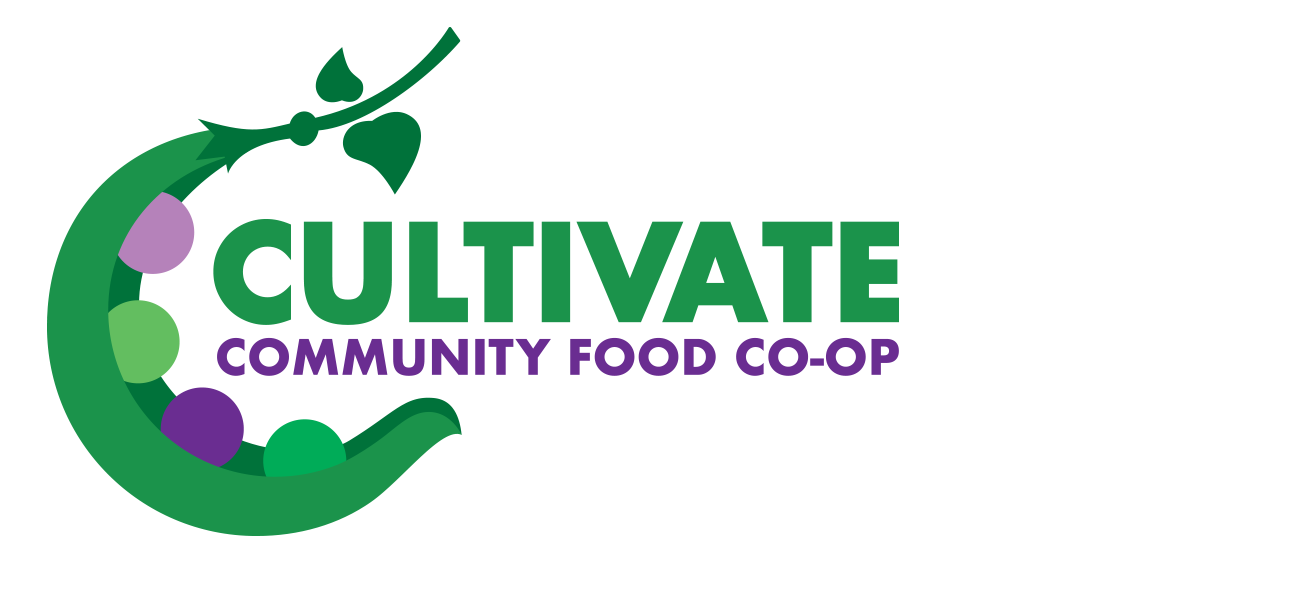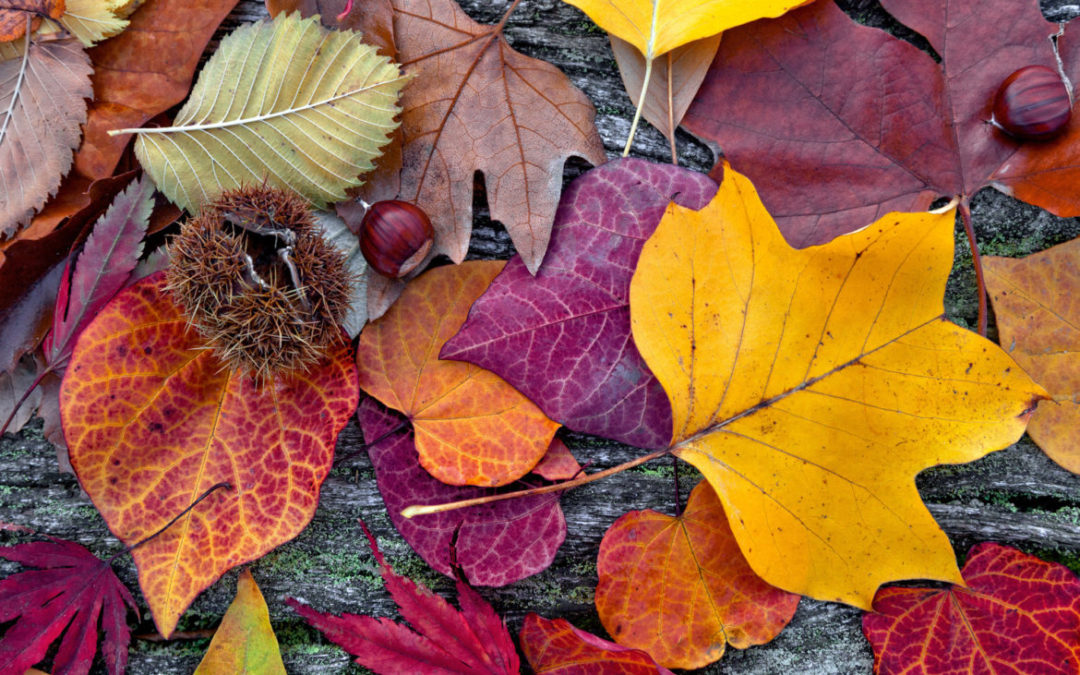The wheel of the year continues to turn, and once again we find ourselves at harvest time. Pumpkins are everywhere. But why do we carve them, and where did the name “Jack-O-Lantern” come from?
In 17th century England, the term referred to a man with a lantern; if you didn’t know a man’s name, you might simply call him “Jack.” So, “Jack with the lantern” got condensed into “Jack-O-Lantern.” In turn, this name was given to a natural phenomenon, a flame-like phosphorescence that occurs when plants in marshy areas decay. The glow reminded people of a man with a lantern.
This still doesn’t explain why the name got applied to carved pumpkins. Besides, the original practice in Ireland was to carve creepy faces into hollowed-out turnips and light them with coals to frighten off evil spirits. When immigrants brought this custom to the US, they likely found pumpkins more plentiful, so began using them instead of turnips.
According to Merriam-Webster, there is a theory that the illuminated pumpkins were often set out by young people to scare others. The name for the swampy, glowing phenomenon was probably known in the US, so these ghoulish gourds became known as “Jack-O-Lanterns.”
Whatever you’d like to call them, carved pumpkins are a ubiquitous sign of the season. In order to use your pumpkin for puree, be sure to use a battery-operated votive light instead of an actual candle. It’s much safer and will keep the inside of your pumpkin from getting charred.
Be sure to check out our recipe corner for lots of things to make with your pumpkin!
Source: https://www.merriam-webster.com/words-at-play/the-history-of-jack-o-lantern

